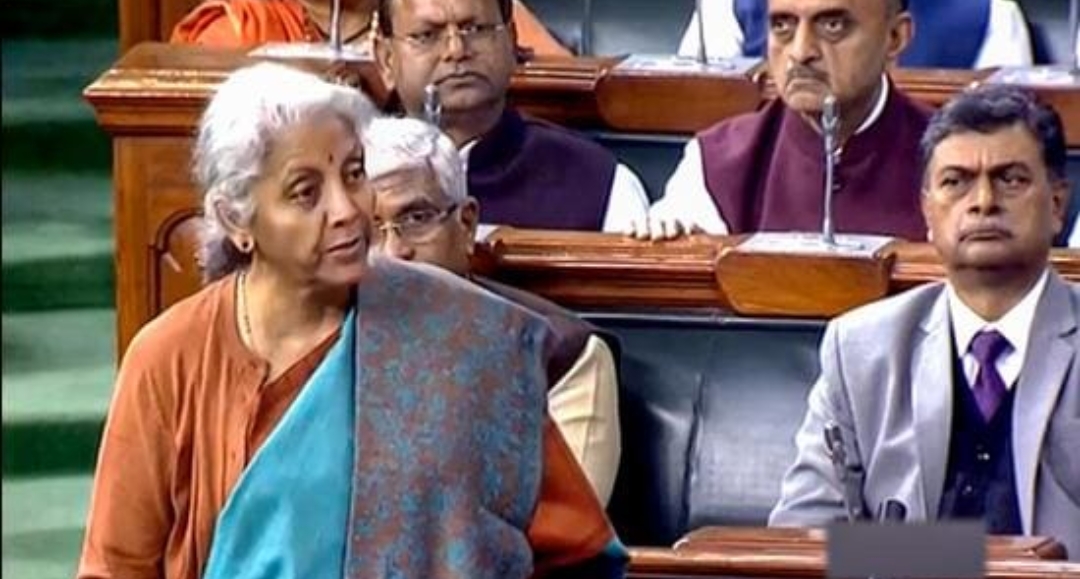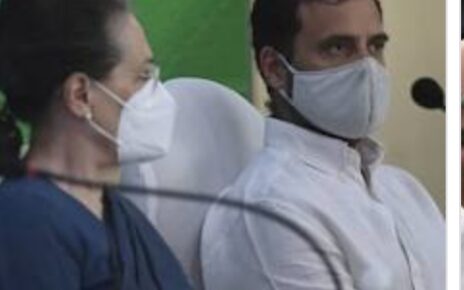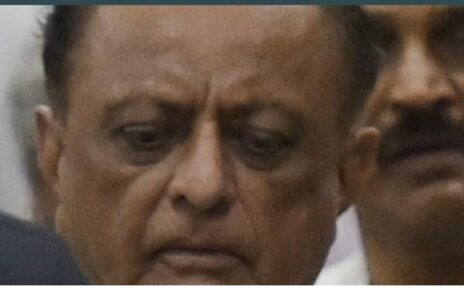India’s GDP will grow at a baseline value of 11% in nominal terms and 6.5% in real terms in 2023-24, according to the 2022-23 Economic Survey, which was tabled in Parliament on January 31. The survey, which pegged real growth in the rage of 6-6.8% depending on downside and upside risks, underlined the fact that “agencies worldwide continue to project India has the fastest growing major economy” despite the three shocks of Covid-19, the Russia-Ukraine war, and synchronised policy rate hikes by central banks across the world that led to appreciation of the US dollar and widening of the current account deficit (CAD) in net importing economies.
The survey credited private consumption and (government driven) capex as the principle drivers of growth in 2022-23 even as it underlined that “private capex soon needs to take up the leadership role to put job creation on fast track”.
The survey identified four key upsides to India’s growth outlook. They are, limited health and economic fallout for the rest of world from the surge in Covid-19 infections in China, inflationary impulses from China’s opening up turning out to be neither significant nor persistent, recessionary conditions in major advanced economies triggering a cessation of monetary tightening and return of capital flows to India amidst stable domestic inflation below 6%. These three factors, the Economic Survey noted, will generate the fourth upside, an improvement in animal spirits providing further impetus to private sector investment.
The survey also noted that while RBI’s interest rate hikes, widening of CAD, and plateauing export growth, posed downside risks to India’s growth outlook in 2022-23, “the growth estimate for 2022-23 is higher than for almost all major economies and even slightly above the average growth of the Indian economy in the decade leading up to the pandemic”. India’s growth performance, “and that too without the advantage of a base effect”, the survey noted, was “a reflection of India’s underlying economic resilience, of its ability to recoup, renew and reenergise the growth drivers of the economy”, with “the domestic stimulus to growth seamlessly replacing the external stimuli”.
This achievement has been made in a uniquely difficult global economic environment which has suffered three global economic shocks since 2020, unlike in the past when global economic shocks were severe but spread across time, the survey noted.
Praising the post-pandemic capex focus in central government spending, the survey underlined that the capex focus in the last two budgets “was not an isolated initiative meant only to address the infrastructure gaps in the country” but “part of a strategic package aimed at crowding-in private investment into an economic landscape broadened by the vacation of non-strategic public sector enterprises (disinvestment) and idling public sector assets”.
In a hint that the government will adhere to its fiscal deficit target for 2022-23 and continue on the fiscal consolidation path in the Union Budget, the survey said that higher buoyancy in both direct taxes and Goods and Services Tax (GST) along with limited growth in revenue expenditure “should ensure the full expending of the capital budget within the budgeted fiscal deficit”.
With concerns around a K-shaped recovery in the Indian economy, the Economic Survey argued that India’s growth performance has been inclusive with the Periodic Labour Force Survey (PLFS) showing a lowering of unemployment rates and increase in labour force participation rate. Schemes such as the Emergency Credit Line Guarantee Scheme (ECLGS) and the Mahatma Gandhi National Rural Employment Guarantee Scheme (MGNREGS) also played their part in helping smaller firms and the poor, the survey said.




